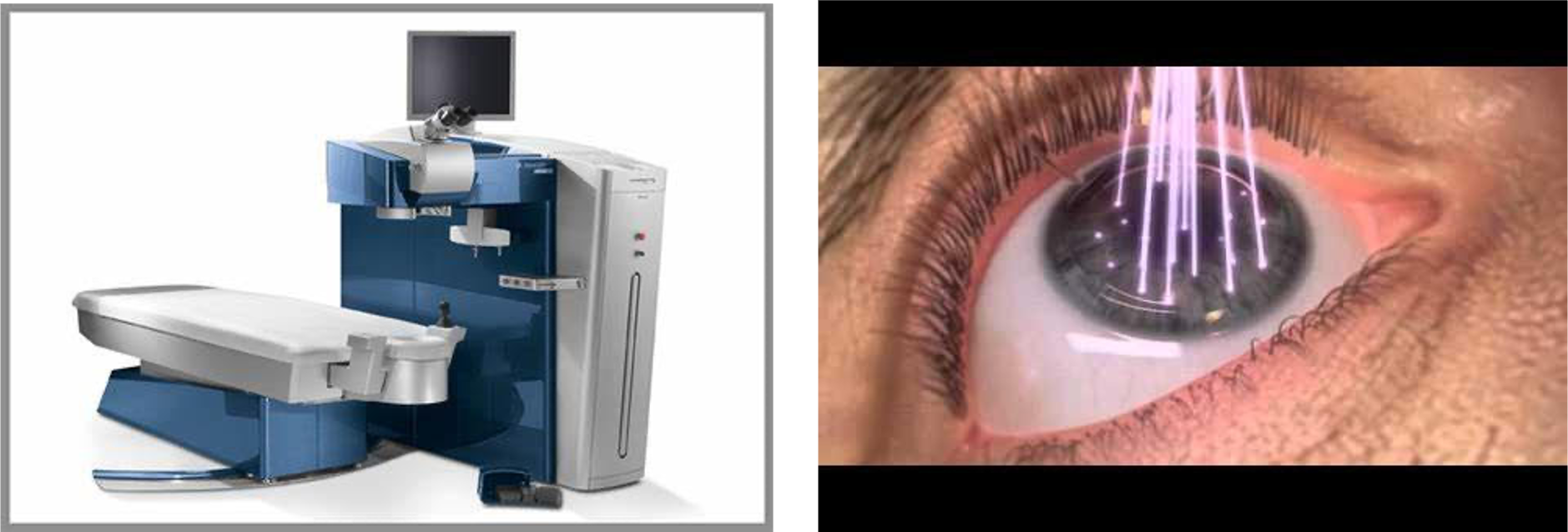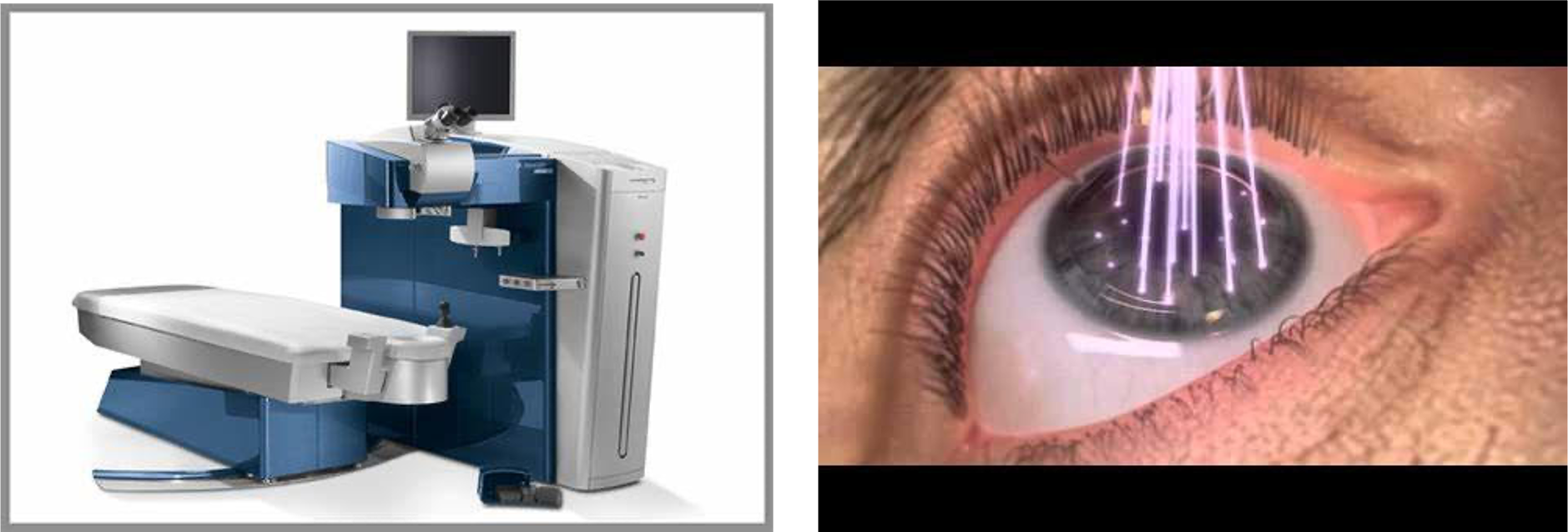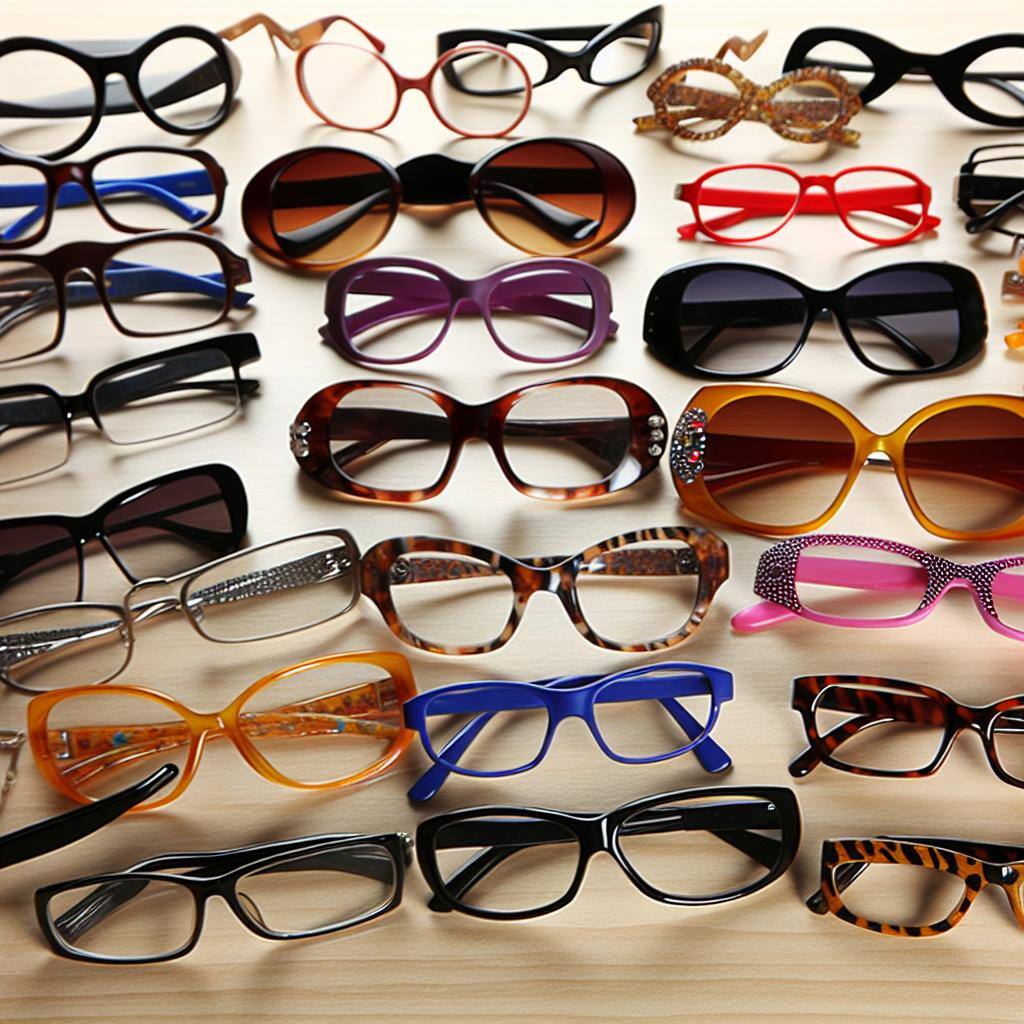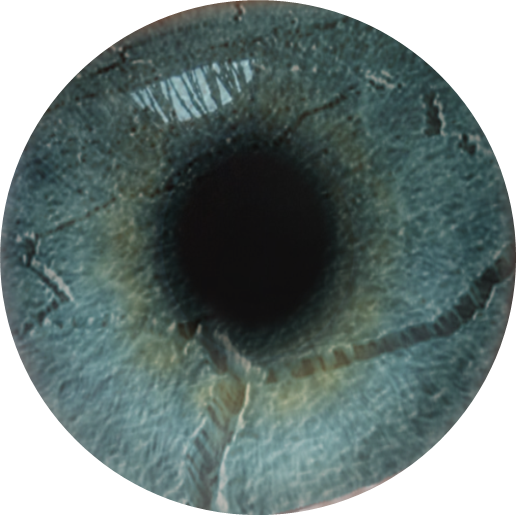Questions to ask your surgeon before LASIK
With any decision in life, sometimes the hardest part is taking that first step that will help you make your decision. This can certainly be true for...
2 min read
 The Rochester Eye & Laser Team
:
Nov 21, 2022 11:50:59 AM
The Rochester Eye & Laser Team
:
Nov 21, 2022 11:50:59 AM


If you’re considering laser eye surgery, you may not realize that there is more than one option to improve your vision. Sometimes LASIK is used as a blanket term used to describe any procedure that corrects common vision problems including nearsightedness, farsightedness, and astigmatism. And while LASIK is an excellent option for many, ASA (or Advanced Surface Ablation) can act as a great alternative to LASIK while still giving patients the same long-term results.
Both ASA and LASIK correct your vision by changing the shape of the cornea, but they do so in slightly different ways. With LASIK, a laser is used to prepare the cornea for treatment, while ASA is performed by removing the epithelium (outer skin of the cornea) and the laser is applied to the surface of the cornea.
In LASIK, a thin flap is cut from the surface of the cornea using a blade or laser. Your doctor folds back this flap so he or she can access the interior of your eye, then removes tissue from underneath it with a laser. This reshapes your eye so light rays focus correctly on light-sensitive cells at the back of your eye — correcting nearsightedness, farsightedness, or astigmatism. The flap is put back into place and heals over several days. Most people who undergo LASIK don't feel pain during surgery but may experience dry eyes afterward due to decreased blinking reflexes caused by the procedure itself.
LASIK is a great option for many people, but it’s not always the right choice. If you have dry eye or other ocular surface diseases, you may not be a candidate for LASIK. If you have thin corneas, LASIK may not be safe for you.
If you are not a candidate for LASIK, your doctor may recommend an alternative procedure called Advanced Surface Ablation (ASA).
When should I choose ASA over LASIK?
If you are not a candidate for LASIK, then ASA may be the best option for you. ASA is an alternative treatment to LASIK that uses a bladeless laser to safely reshape the front surface of the eye. It is performed in the same way as LASIK by creating a flap through which the laser reshapes the front surface of the cornea without making any incisions to the eye. The difference between ASA and LASIK is that ASA uses a different type of laser (called Femtosecond Laser) than traditional lasers used in LASIK.
SUMMARY
ASA
LASIK
If you’re interested in finding out what option is best for you and the health of your eyes, the most important first step is to select your surgeon. Do your research, and choose a surgeon such as Dr. Kenneth Lindahl, that is fellowship trained in refractive surgery, which is a very focused subspecialty of ophthalmology. This additional training is what enables Dr. Lindahl to determine not only if a patient is a candidate for vision correction surgery but to also customize the ideal procedure for each individual patient.
Both procedures are very common and have helped millions of people get the vision they desire.
Book your LASIK Consultation before the end of December and get $600 off.
Want to learn more about LASIK? Come to our next free LASIK Seminar.

With any decision in life, sometimes the hardest part is taking that first step that will help you make your decision. This can certainly be true for...

Discover whether you will need reading glasses after undergoing LASIK surgery and how to care for your eyes post-procedure.

Do the following while inserting and wearing contact lenses Always wash and rinse your hands thoroughly before handling your lenses or touching...